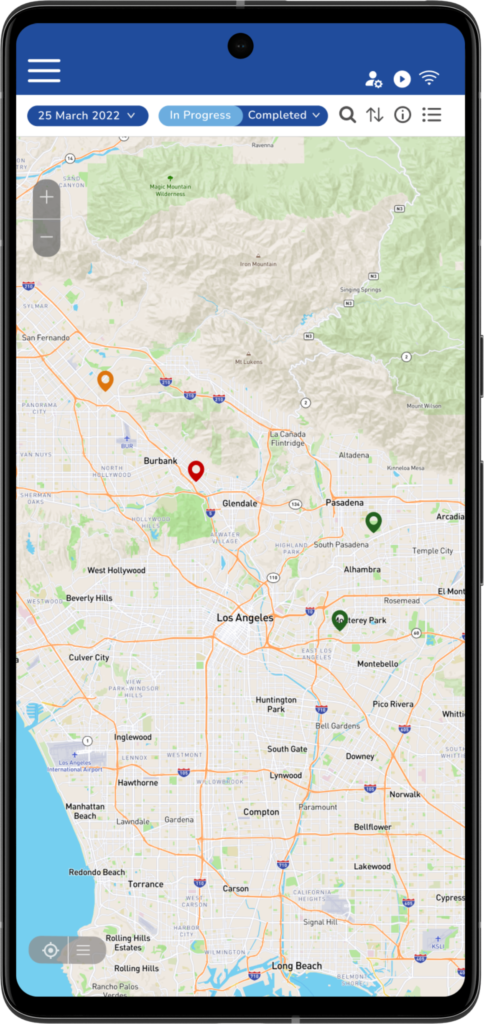
Efficient route planning is crucial for the success of the field service industry. It helps maximize productivity, reduce costs, and enhance customer satisfaction. This guide will outline the steps to optimizing route planning for your field service operations.
Gather Relevant Data
- Collect information about service locations, technician availability, work orders, and traffic conditions.
- Utilize historical data to identify patterns and trends that can influence route planning decisions.
Invest in Route Planning Software
- Choose a reliable route planning software that offers features like real-time traffic updates, multiple-stop optimization, and integration with your CRM system. Field service management software like Gomocha can automatically plan your routes.
Prioritize and Group Stops
- Categorize service stops based on urgency, location proximity, and technician expertise.
- Group nearby stops together to minimize travel time and distance.
Consider Time Windows
- Take into account specific time windows during which customers are available for service. This reduces the likelihood of missed appointments.
Optimize for Traffic and Weather
- Use real-time traffic and weather information to adjust routes and avoid delays.
- Incorporate contingency plans in case of unexpected road closures or severe weather conditions.
Balance Workload
- Distribute tasks evenly among technicians to prevent overloading or underutilization.
- Ensure that technicians have short and long tasks to maintain energy levels throughout the day.
Implement Predictive Maintenance
- Use data analysis to predict equipment failures and plan maintenance visits proactively.
- This reduces the need for emergency calls and allows for efficient preventive maintenance scheduling.
Provide Navigation Tools
- Equip technicians with navigation tools or integrate navigation apps within your route planning software.
- This helps them find the quickest and most accurate routes.
Monitor and Adjust
- Regularly track route performance and technician efficiency.
- Analyze data to identify areas for improvement and adjust route plans accordingly.
Continuous Learning and Adaptation
- Stay updated with new technologies and route optimization techniques.
- Adapt your strategies as your field service operations evolve.
Customer Communication
- Keep customers informed about estimated arrival times and any delays.
- Use automated notifications to improve customer satisfaction and manage expectations.
Feedback Loop
- Encourage technicians to provide feedback on route plans.
- Incorporate their insights to refine the route planning process over time.
Optimizing route planning in the field service industry requires combining data analysis, technological tools, and strategic thinking. Following these steps can streamline operations, enhance customer experiences, and improve overall efficiency in your field service operations.
